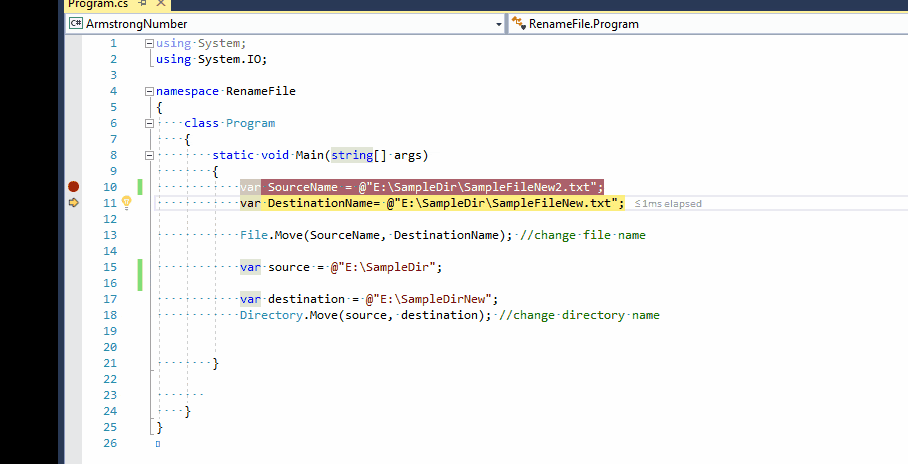
Required for IntelliSense, debugging, and code browsing. C/C++ for Visual Studio Code: This is a helper extension.Competitive Programming helper: Extension for VSCode which does the magic of running the test cases from files.Competitive Companion: A browser extension for parsing programming problems from webpages and saving them.Map in C++ Standard Template Library (STL)ĥ Check the installation by executing these command in command prompt.Īll you need to do is install a few extensions to get it up and running.Initialize a vector in C++ (7 different ways).Compiling a C program:- Behind the Scenes.Interesting Facts about Macros and Preprocessors in C.Difference between #define and const in C?.Difference between “int main()” and “int main(void)” in C/C++?.
 Is it fine to write void main() or main() in C/C++?. Writing First C++ Program – Hello World Example. Introduction to C++ Programming Language. Learn C++ Programming Step by Step – A 20 Day Curriculum!. How To Launch A Startup – 8 Step Process!. How to Setup VSCode with C, C++ and Python for Competitive Programming. ISRO CS Syllabus for Scientist/Engineer Exam. ISRO CS Original Papers and Official Keys. GATE CS Original Papers and Official Keys. Click on a function in the source tab and it will jump to the correct place in the disassembled code. If OTOH you are running gcc then just substitute gcc for clang.įinally, back in Visual Studio Code select your source file as the open tab then press F1 and in the menu that appears type in enough of Disassembly Explorer: Show until you can select it and a second tab should open with the disassembly. In the folder with your source files issue this command in the terminal. If you are on Windows, you can also use Visual Studio Community Edition which includes disassembly features and why I’m not mentioning it here. I’ve assumed that you are running on Linux or Mac. That path is where the compile etc.json files are located. You should see a few settings but only this one matters: “pilationDirectory”: “$/.vscode”.
Is it fine to write void main() or main() in C/C++?. Writing First C++ Program – Hello World Example. Introduction to C++ Programming Language. Learn C++ Programming Step by Step – A 20 Day Curriculum!. How To Launch A Startup – 8 Step Process!. How to Setup VSCode with C, C++ and Python for Competitive Programming. ISRO CS Syllabus for Scientist/Engineer Exam. ISRO CS Original Papers and Official Keys. GATE CS Original Papers and Official Keys. Click on a function in the source tab and it will jump to the correct place in the disassembled code. If OTOH you are running gcc then just substitute gcc for clang.įinally, back in Visual Studio Code select your source file as the open tab then press F1 and in the menu that appears type in enough of Disassembly Explorer: Show until you can select it and a second tab should open with the disassembly. In the folder with your source files issue this command in the terminal. If you are on Windows, you can also use Visual Studio Community Edition which includes disassembly features and why I’m not mentioning it here. I’ve assumed that you are running on Linux or Mac. That path is where the compile etc.json files are located. You should see a few settings but only this one matters: “pilationDirectory”: “$/.vscode”. 
A Settings tab will open, click Edit in settings.json. View the installed extensions and click the cogwheel for Disassembly Explorer then click Extension Settings at the bottom of the popup menu. In Visual Studio Code just switch to the extension tab and search for Dissassembly Explorer and click the install button.
Select a command in the Visual Studio Code command palette. Install Disassembly Explorer extension into Visual Studio Code. That’s assuming that you have successfully compiled your C or C++ program and have the source file handy.






 0 kommentar(er)
0 kommentar(er)
